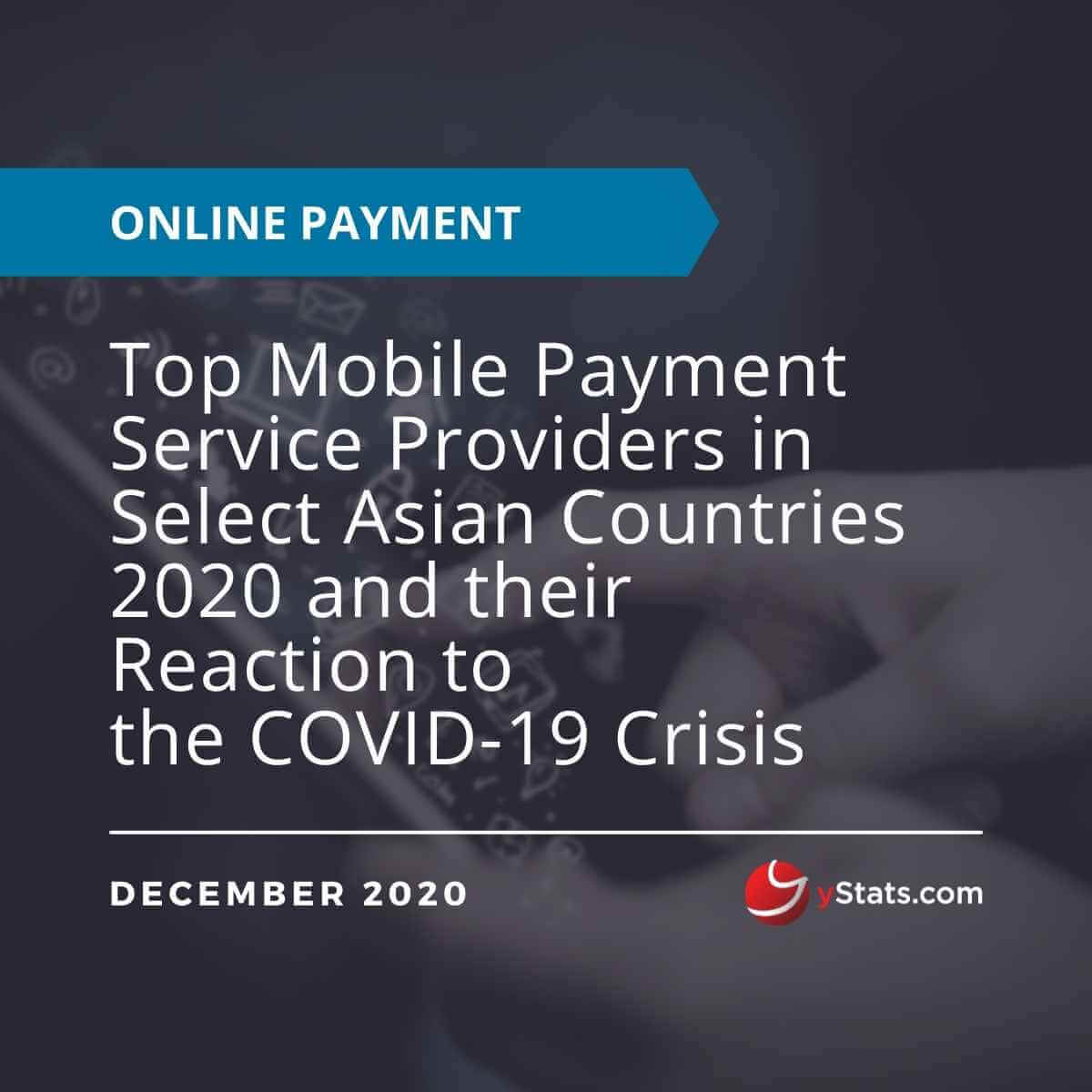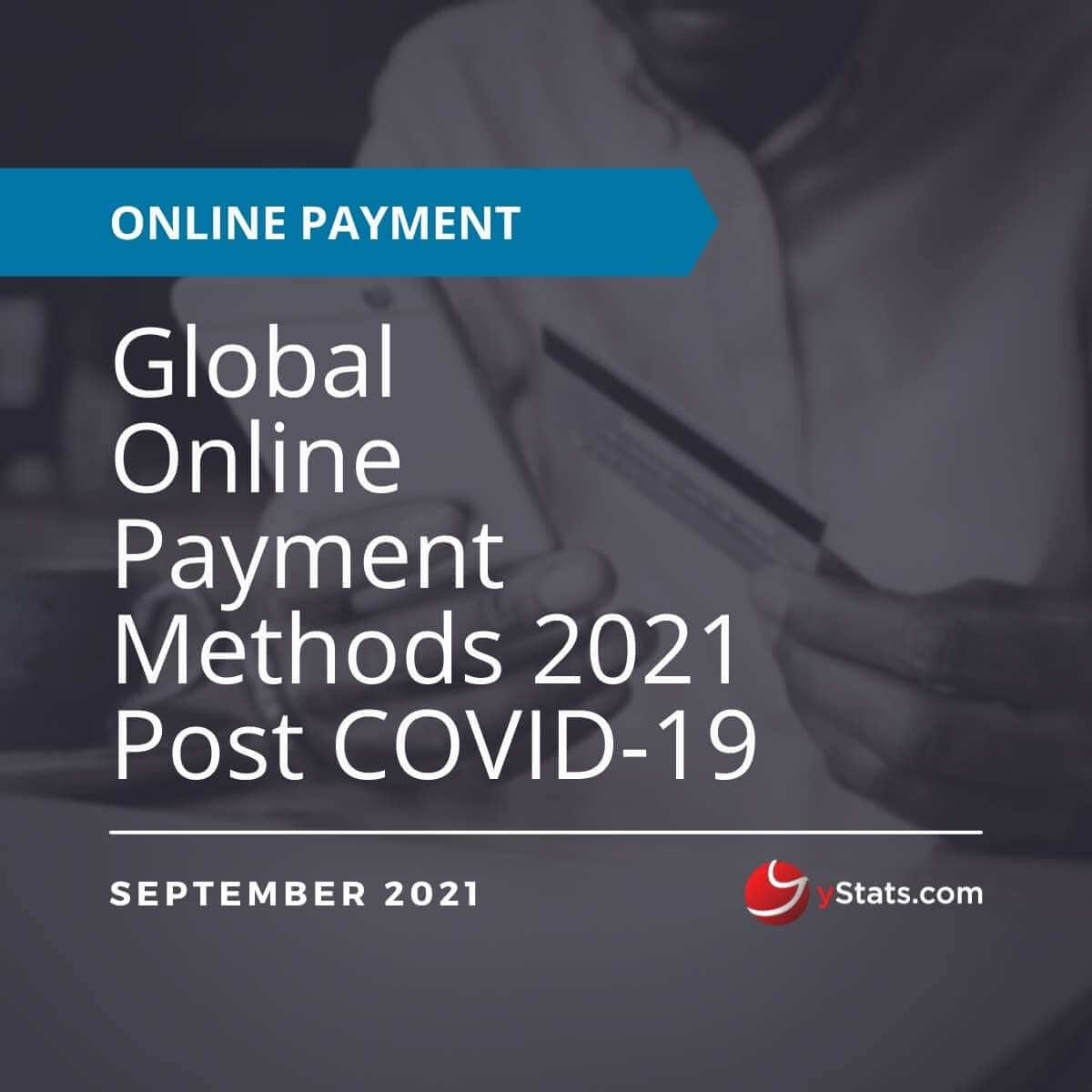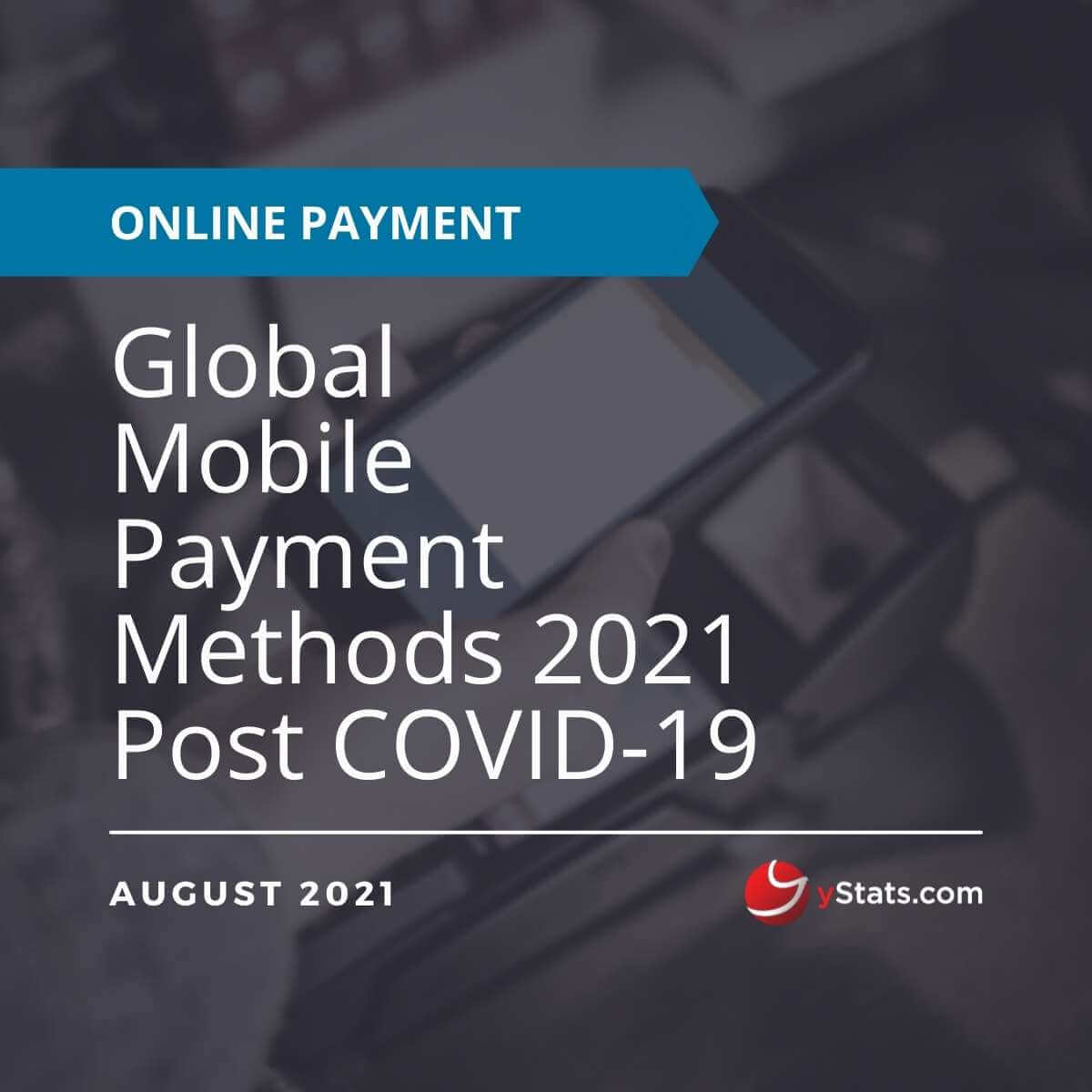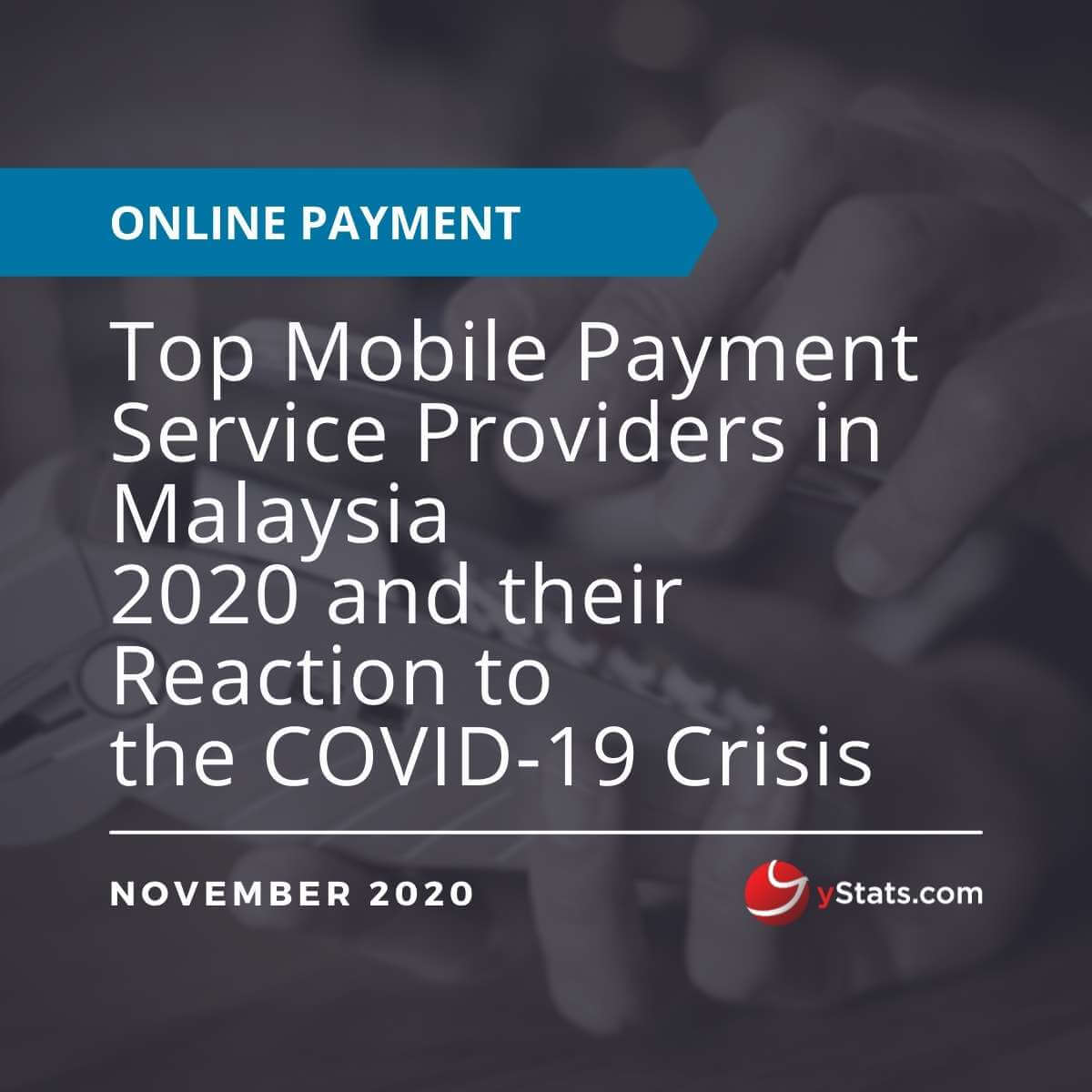Description
Countries Covered: India, Indonesia, Japan, Malaysia, Philippines, Singapore, South Korea, Thailand, Vietnam
Pages: 331
Publication Date: 17/12/2020
Questions Covered in the report:
- What is the COVID-19’s impact on mobile payment services in India?
- How did the COVID-19 impact Alipay’s activity in Japan?
- Which Payment Service Providers (PSPs) in South Korea received increased user registrations to their platforms during the health crisis?
- What are the top 5 E-Wallets used in Malaysia during the pandemic?
- What are the preferred mobile payment methods among Indonesian consumers during the health crisis?
Key Findings:
Coronavirus Pandemic Speeds Growth of Mobile Payments in Asia
Mobile payments turnover advances in Asia
The vast Asian region is a highly diverse regarding the use of mobile payments on the country level. However, even in the developed markets, such as Japan, cash is still king, with online payment methods slowly but surely catching up. In a 2020 survey cited by the new yStats report, about four in ten Japanese adults utilized smartphone payments daily. In contrast, the Philippines lags in terms of mobile payment adoption, however, the market is extremely promising, as the share of those who own a mobile wallet is rising much faster than the bank account penetration rate. Overall, in the Asian region the coronavirus pandemic has increased online payment demand by repeat customers and drawn new consumers to the practice, further impelling the growth of online payments and leading to projections of mobile payments revenues, especially in the larger economies of India, Australia, Japan, and Singapore, where the growth is expected to be the highest in the Asia-Pacific region through 2025, as shown on charts in the detailed new yStats.com report.
Mobile payment services users in Asia tend to prefer countries’ local providers
Payment patterns in Asia are similar to other global trends: an increase in the use of digital wallets and mobile payment apps. However, according to the new yStats.com report, customers in Asia prefer local mobile payment providers, and only in a very few markets in the regions, for example, in India, such giants as Google Pay and Amazon Pay have significant market shares. Meanwhile, local PhonePe and Paytm are strong competitors that have been significantly increasing their user base during the COVID-10 health crises. Furthermore, another Asian market – Singapore, lists regional leader GrabPay and Singapore-based DBS PayLah! as top mobile payments providers.
Digital wallets collaborate with local governments to reduce cash circulation during the COVID-19 pandemic
Amid the coronavirus pandemic, several authorities in Asia actively started supporting local mobile payments providers by making them distributors of the funds to consumers and businesses affected by the health crisis restrictions. In Malaysia, for example, these events significantly boosted the number of users of the top mobile service payments providers Touch ‘n Go, Boost, and GrabPay. Meanwhile, some E-Wallets themselves initiated donation programs to support medical front liners and affected communities in the fight against the COVID-19 health crisis. In the Philippines, one of the most used digital wallets enabled the entire transportation chain with contactless payments via cards or digital wallets inside vehicles, in transportation hubs, or via digital and mobile channels, as reported in the yStats.com report.






